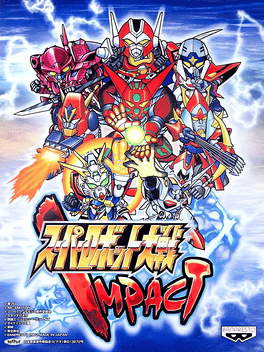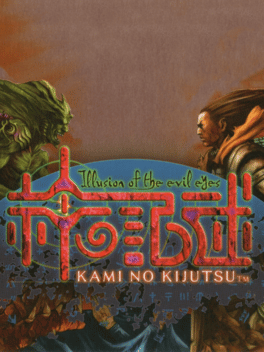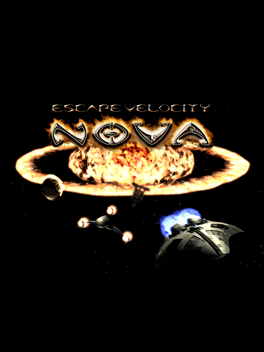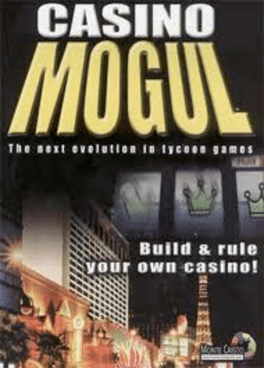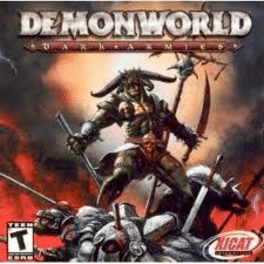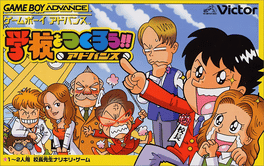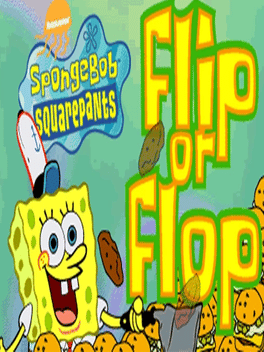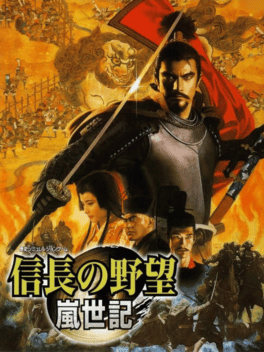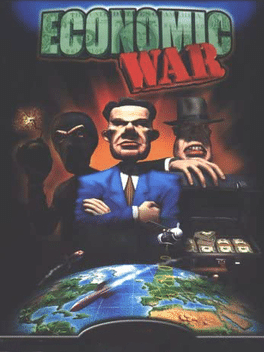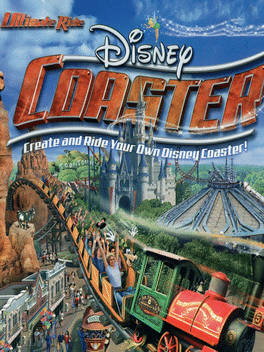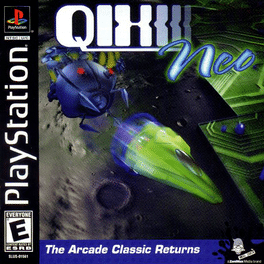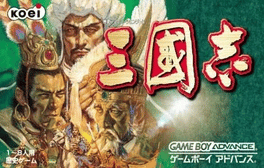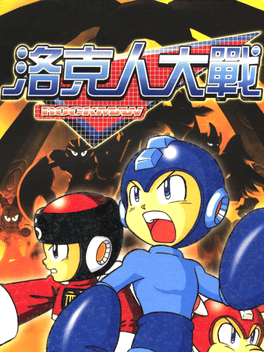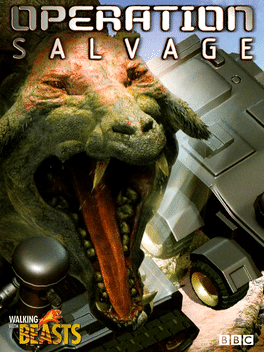New Commodore C64 128 Max Games - Page 170
-
Super Robot Taisen Impact
2002
Super Robot Wars Impact is the first SRW game for the Playstation 2. It is an enhanced remake of the three chapters of Compact 2 and contains over 100 stages, making it the longest SRW to date. -
Kami no Kijutsu: Illusion of the Evil Eyes
2002
Kami no Kijutsu: Illusion of the Evil Eyes is a Strategy game, developed by KCEJ and published by Konami, which was released in Japan in 2002. -
Escape Velocity Nova
2002
Escape Velocity Nova
2002
Escape Velocity Nova (a.k.a. EV Nova or EVN) is a video game by Ambrosia Software, in collaboration with ATMOS. It is the third game in the Escape Velocity series of space trading & combat games. -
Casino Mogul
2002
-
Mutsu: Water Looper Mutsu
2002
Mutsu: Water Looper Mutsu is a Simulation game, developed by Alpha Unit and published by Tomy Corporation, which was released in Japan in 2001. -
Demonworld: Dark Armies
2002
Demonworld: Dark Armies is a real-time strategy game that plays similar to the Warhammer franchise. Demonworld: Dark Armies' idea of a real-time strategy is gigantic armies of different races clashing on large battlefields in a variety of environments. If you are a fan of the Warhammer series, it would be a good idea to pick this game up. -
Gakkou wo Tsukurou!! Advance
2002
Gakkou o Tsukurou!! Advance is a Strategy game, developed by Groove Box Japan and published by Victor Interactive Software, which was released in Japan in 2001. -
Daisenryaku for Game Boy Advance
2002
Daisenryaku for Game Boy Advance is a Strategy game, published by Media Kite, which was released in Japan in 2001. -
SpongeBob SquarePants: Flip or Flop
2001
Help SpongeBob cook Krabby Patties for his customers all throughout shifts. Watch out for special orders and Patrick, for he is hungry. -
Nobunaga's Ambition: Ranseiki
2001
The ninth title in the Nobunaga no Yabou series, this game returned to province-taking battles, and a system of varying powers was introduced. -
Economic War
2001
Economic War
2001
Economic War was The title that shook the management game world when it was released. Cross the tiresome boundaries of political correctness and politeness to experience socio-political reality drenched in bribery and corruption! -
Ultimate Ride: Disney Coaster
2001
Ultimate Ride is a roller coaster video game designed for people to design, engineer, and ride roller coasters. It was released in September 2001 and opened an official website where members could upload their designs and share them with other members. -
Knights of the Cross
2001
Knights of the Cross
2001
Based on the Polish novel by Henryk Sienkiewicz. It's a turn-based strategy game where players take on the role of a knight of either side and must engage in a series of tactical missions, manoeuvring your forces and defeating your enemies in typical fashion. There are over 100 battles to take part in, with new units, weapons and upgrades available as you complete each one, while environmental conditions such as rain, snow and storms have an impact on the battles -
Okuman Chouja Game: Nottori Daisakusen!
2001
Okuman Chouja Game: Nottori Daisakusen! is a Miscellaneous game, developed by Mobile 21 and published by Takara, which was released in Japan in 2001. -
Qix Neo
2001
Qix Neo
2001
The arcade classic returns. Defend your world from alien invaders. Speed, skill, and precision win the day. The legendary game enters a new generation. -
Dragon Ball Z Tournament
2001
In this strategy game the player chooses 1 of 8 characters from the series to compete in a martial arts tournament on Namek (Frieza becomes available after the game is completed once). The player battles their way through 7 opponents in order to collect all 7 dragon balls (one is recovered after every victory). -
Sangokushi
2001
Sangokushi
2001
China's Second Han Dynasty has collapsed. The entire country is in chaos as warlords battle each other for control. Each claims to be emperor, however none is powerful enough to retain the title. Romance of the Three Kingdoms puts you in the role of one of the warlords of Second Century China. As a master, you must recruit the best generals in the country and win their loyalty. They will advise you in times of peace, and fight alongside you on the battlefield. Negotiate with other masters, or simply attack them. Always use terrain to your best advantage, making sure to choose the right kind of attack for the situation. In times of peace, manage your states to increase their productivity and prepare your army for battle. Romance of the Three Kingdoms combines a huge database with advanced programming to give you a game in which the characters are so historically accurate and life-like, and the game events so real, you will swear you're living in Second Century China. -
Kawaii Hamster
2001
Kawaii Hamster
2001
Kawaii Hamster is a Strategy game, developed and published by MTO, which was released in Japan in 2001. -
Rockman Strategy
2001
-
Walking With Beasts: Operation Salvage
2001
Walking with Beasts: Operation Salvage is a CD-ROM tie in to the series Walking with Beasts. It was only released in Europe. The game is set in 2027 where time travelers are sent to different times and places in prehistory by The World Wildlife Bionetwork. A female agent named Vega has defected to a rival organisation who is trying to capture the beasts. The player's job is to find her, as well as destroy enemy equipment and free captured beasts.
